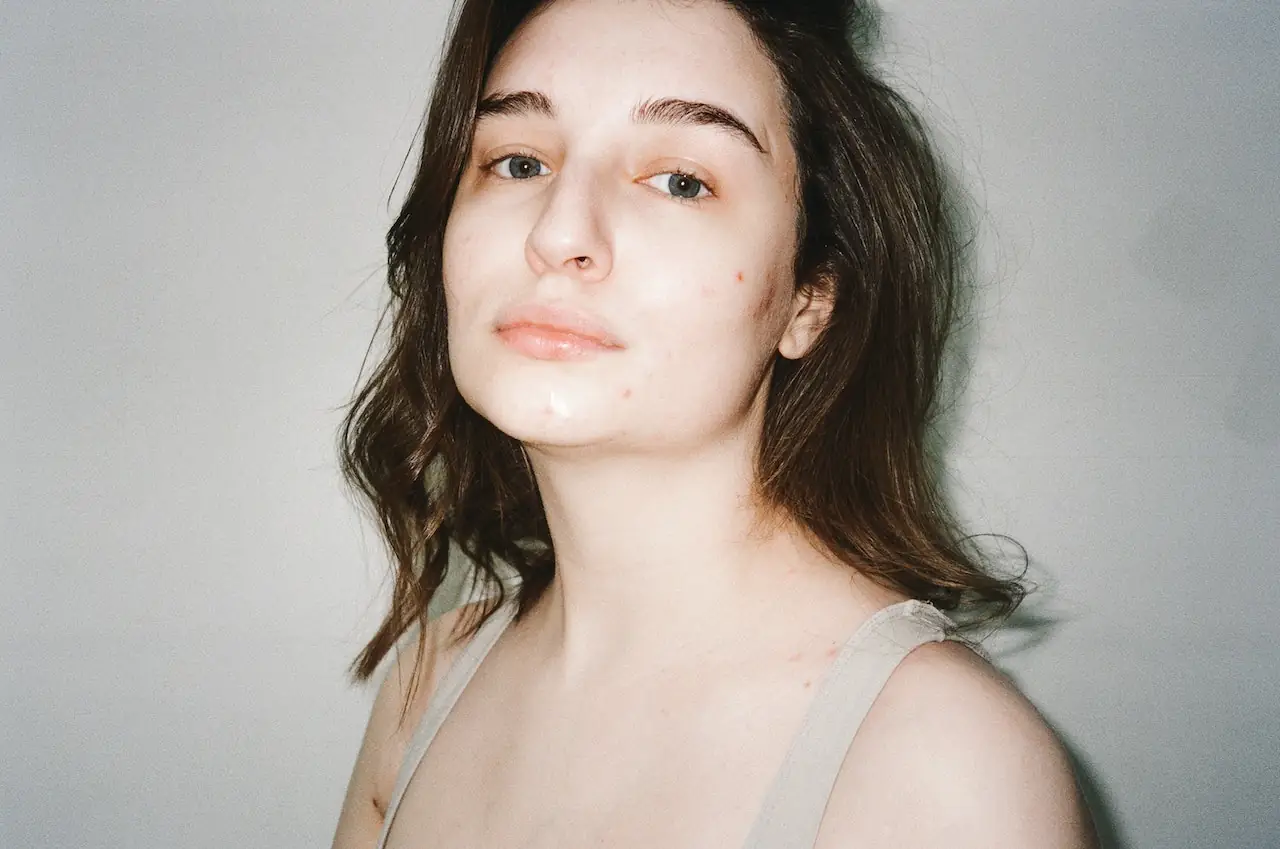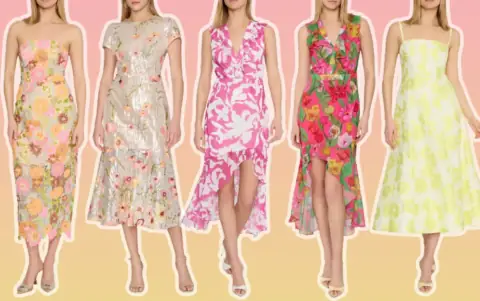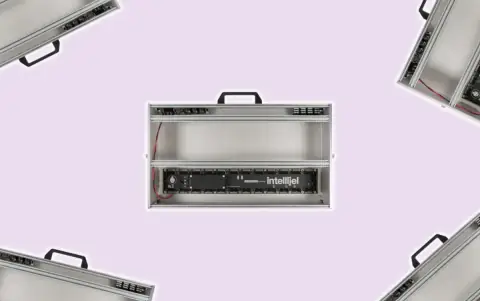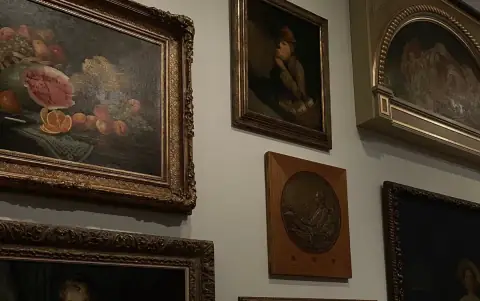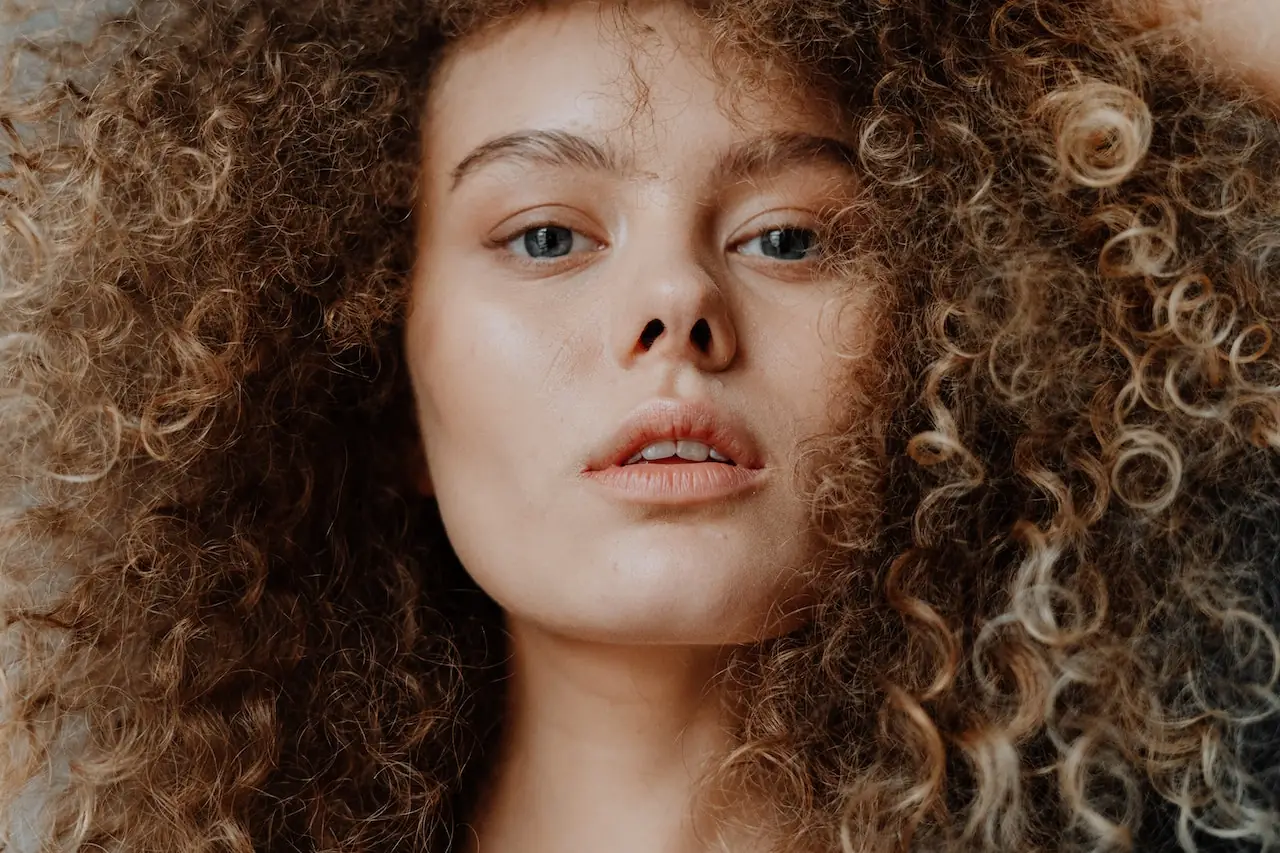
Feelings shared It can be difficult to figure out what your curl type is. One head of curly hair may contain several different curl patterns; when you style it, you'll need to find a way to make all of those patterns look like they belong together. It's tempting to give up and cut all your hair off when you realize that the strands at your crown are looser than the ones at your sides and even more different than the hair in the back, which you are more than capable of! But if that's not your thing, don't worry. Your journey to self-awareness and acceptance of your texture may be bumpy (because, of curls), but it need not be convoluted. Presently, there is a widely used hair typing system for curls that most people refer to. We won't sugarcoat it: The question of whether or not the typing system is exclusive or polarizing has been discussed. Curly people have contributed to a slight evolution of the style over time. More power to you, people.
Despite the debate, many have found that this set of guidelines is beneficial in identifying their curl pattern (or patterns) and thus knowing where to begin when shopping for hair-care products, regardless of whether or not they help. And you should at least know the basics of how to care for your crowning glory and how to give it the best possible style before you head to the store.
There is a lot to consider. There's an easy way to tell if your top features are soft bends that cascade down your back or tight coils that grow up.
Where to Start With The Curly Strands?
"The shape of your hair follicle determines your curl type. Hair curls up if the follicle is round or oval, and straightens out if it is flattened or oval. The way your hair curls, whether it kinks, curves, or winds in a spiral, is another clear signal of your pattern. One person with textured hair told me, "So you may have a combination of kinky, coily, wavy, and curly." The best time to determine your curl shape and pattern is when your hair is dripping wet.
ALSO READ: Haircare Guide to Maintain Curly Hair
A brief explanation Individuals with Type 1 hair are smooth and sleek, while those with Type 2 waves, Type 3 curls, and Type 4 coils have varying degrees of waviness. It doesn't sound too difficult, does it?
Your wave, curl, or coil width determines which of the three categories (A, B, or C) you fall into. Type As have the largest pattern size, followed by Type Bs, and finally Type Cs. The real benefit of figuring out your hair type is learning how to take care of it best for your particular texture. This gives you more options for how to style your hair.
Type 2 (wavy)
Type 2 waves can be either fine or coarse in texture, and they always break in an S shape that is closer to the head.
Type 2A
Type 2A hair is very fine and barely noticeable when tousled, but it is very easy to straighten. To avoid making their strands look limp and lifeless, people with this texture should avoid using heavy styling products. If your hair is like this, you need to find products that aren't too heavy.
The founding volume of 2A waves is typically low. Using a light, water-based mousse can give hair the appearance of fullness and volume at the roots.
Type 2B
The crown of 2B hair is flatter, and it has defined S-waves that begin at midlength. As the strands' diameter is greater than that of a 2A, more effort will be required to straighten them. The rice protein in a texturizing mist will keep your hair from getting crunchy or stiff so that you can rock those beachy waves with confidence.
Type 2C
The thickness and fragility of 2C waves make them more prone to frizzing. Clear S-bends can be seen at the stems' base. Use a non-lathering, sulfate-free co-wash in between shampoos, preferably one that contains enough oil to moisturize your hair and shea butter to prevent the strands from drying out. This ingredient is specially formulated to bring out the best in any type of curl. To keep your waves in place and add moisture, try using a leave-in conditioner as a base coat before applying mousse.
Type 3 (Curly)
The texture of type 3 curls varies widely, from bouncy, loose coils to tight, springy corkscrews that shine a little but are prone to frizz.
Type 3A
The diameter of 3A strands is about that of a piece of sidewalk chalk, and its curl pattern is typically large and loose. Apply Nourishing Curl Cream to dry hair and scrunch to highlight the curl texture. Don't touch your curls with your hands (or a brush or comb) afterward unless you want a halo of frizz to crown your head. Use a curl refresher, such as a conditioning refresher spray, to revive your hair whenever its bouncy curls appear to have lost their longevity.
Type 3B
3B types are distinguished by their durable ringlets, which are about the same diameter as a Sharpie marker. Curl gels with humectants are a good choice because they prevent the strands from becoming dry. Put it on while your hair is still damp, and you'll have defined locks with no frizz.
Type 3C
The strands are bunched up extremely close to one another, which results in a substantial amount of inherent volume. It's recommended that those with this type use a sulfate-free, creamy cleanser that won't further dry out their hair if they want to avoid the characteristic frizziness of this hair type. When the hair is drenched, we recommend applying a mousse on top of a styling cream so that the curls can clump together and dry more quickly. Your curl pattern is revealed by your co-wash and preserved by your styling product.
Type 4 (Coily)
Whether soft and fine or coarse and wiry, coily hair (also known as Afro-textured or kinky hair) has a very dry, spongy texture by nature. Hair shrinks significantly and curls up in tight, zigzag patterns at the scalp.
Type 4A
Type 4A hair is thick and tightly coiled in an S shape, similar in diameter to a crochet needle. This coily texture requires more frequent styling if you're a fan of wash-and-go so that the strands remain soft and pliable. A curling cream that can also be used as a leave-in moisturizer can help add moisture to daily wash-and-go styles.
Type 4B
There is a high density of 4B strands, and they can twist and turn like the letter Z. As a result of its malleability, you will find countless uses for it. We recommend using a styling cream, which is thicker and better for palm-rolling or shingling, to get the desired effect of lengthening and defining the curls.
Type 4C
Although 4C textures look like 4B textures at first glance, their tightly coiled strands are more delicate and their zig-zag pattern can be difficult to make out. As much as 75% or more of the hair's volume is lost when drying at this texture, making it the most susceptible to damage. Apply a large amount of a leave-in moisturizer, such as shea butter, castor oil, and cocoa butter, to prevent shrinkage and dryness so that you can get the most length out of your hair. Castor oil is an excellent sealant and moisturizer for this extremely dry texture.
ALSO READ: The Right Way to Wash Your Curly Hair
